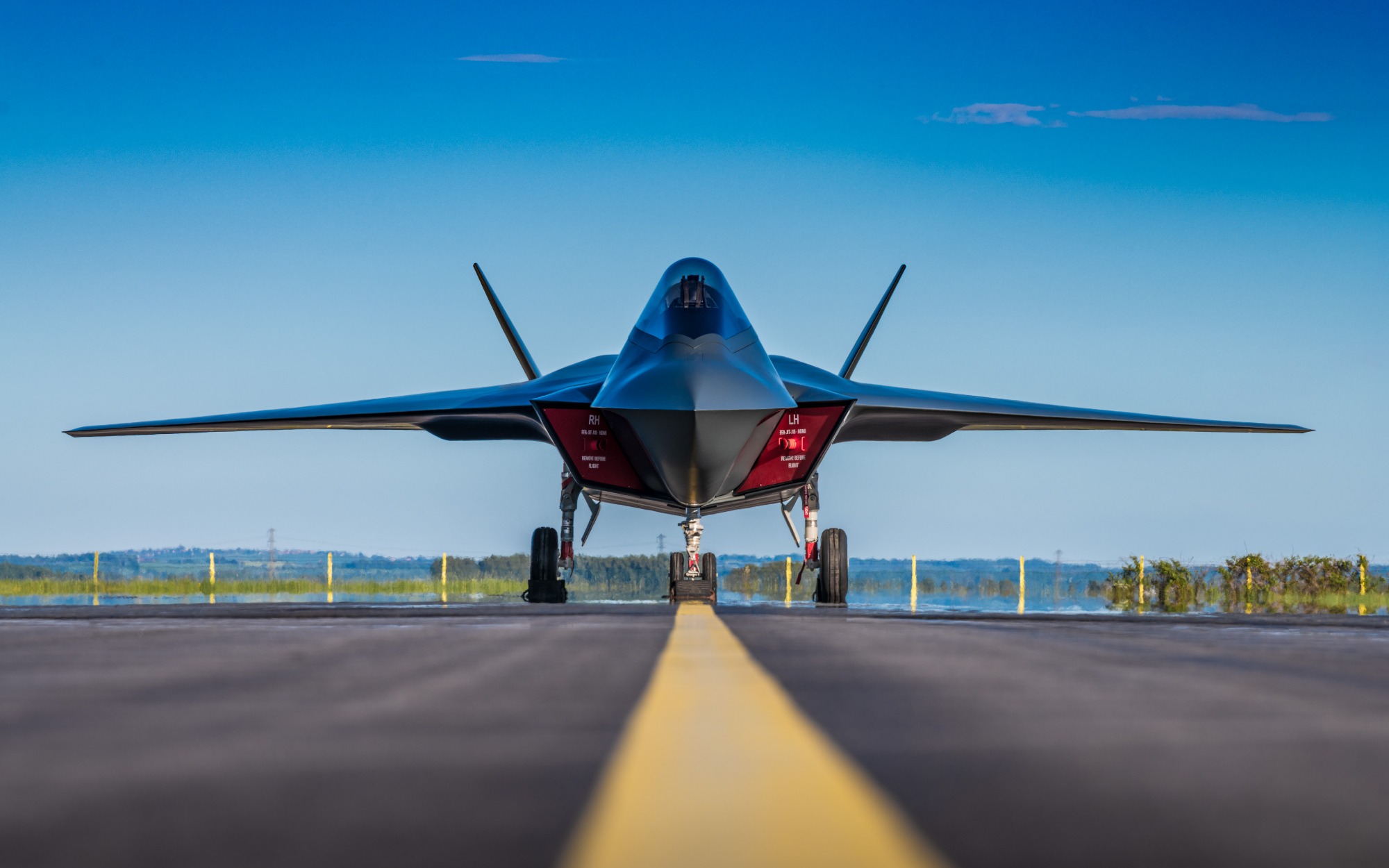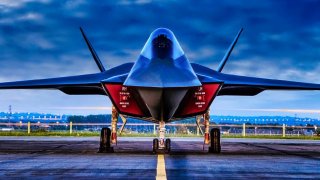Could Europe's Two Stealth 6th Generation Fighter Programs Merge?
The two competing programs to develop a sixth-generation fighter aircraft and supporting systems could become one. According to recent reports, Germany is rumored to be among the nations that are now expressing interest in joining the UK-led new Global Combat Air Programme (GCAP). It was in December 2022 that the UK, Japan, and Italy signed an international treaty to collaborate on the development of an advanced front-line fighter.
Could Europe's Two Sixth-Generation Fighter Program Become One?: The two competing programs to develop a sixth-generation fighter aircraft and supporting systems could become one. According to recent reports, Germany is rumored to be among the nations that are now expressing interest in joining the UK-led new Global Combat Air Programme (GCAP). It was in December 2022 that the UK, Japan, and Italy signed an international treaty to collaborate on the development of an advanced front-line fighter.
Last September, the UK's BAE Systems, Japan's Mitsubishi Heavy Industries, and Italy's Leonardo agreed to the next steps to deliver the concept phase of a next-generation combat aircraft. The GCAP agreement will support discussions to determine arrangements and capability requirements for the new aircraft that is set to enter service by the middle of the next decade.
It was just last month that Italy's defense minister said in an interview that all three nations would be open to having additional partners, but only in time.
"We will not open (the program) to others until the initial phase will be closed," Guido Crosetto told Italian daily Il Corriere della Sera, per Reuters.
Crosetto added other countries had also expressed interest in joining the program, but he stopped short of directly answering a question on interest from Saudi Arabia and the United Arab Emirates.
"Afterwards, with everyone's agreement, we could widen it to other countries," the minister would only confirm.
The GCAP partners have expressed interest in welcoming other nations as junior partners, with Saudi Arabia among the possible contenders as it would bring money and a lucrative market to a project expected to cost tens of billions of dollars. However, Tokyo had initially opposed the proposal of having Saudi Arabia join, claiming that it would only complicate discussions of which countries may purchase the aircraft.
Merger With the FCAS
What would be notable about Germany's interest in GCAP is that it remains one of the key partners with France and Spain in the competing multi-national Future Combat Air System (FCAS) program. Much like the GCAP, FCAS is more than a single aircraft and rather is a combat "system of systems" currently under development by Dassault Aviation, Airbus, and Indra Sistemas.
The goal of the program is to replace France's Rafales, Germany's Typhoons, and Spain's EF-18 Hornets. In June, Belgium officially joined the FCAS program as an observer.
FCAS will consist of a sixth-generation jet fighter as well as unmanned aerial systems (UAS) – dubbed Remote Carriers that could be connected via a combat "cloud." The next-generation weapons system (NGWS) will be able to deploy autonomously or via a network with other airborne, naval, land, and even space-based combat or command systems. A test flight demonstrator is expected around 2027.
GCAP Moving Full Speed Ahead
What is today the GCAP was born at the 2018 Farnborough Air Show when the United Kingdom's Ministry of Defence announced that a new jet fighter program was in the works. It was then dubbed the Future Combat Air System (FCAS) – which certainly caused some confusion with the rival French-German-Spanish effort – but since that time it has come to be known as the "Tempest."

Japan joined the program in 2022, merging its F-X fighter program with Tempest. As of last fall, the effort has been officially dubbed GCAP. A mock-up of the future aircraft has been displayed at recent air shows. It is a modular design that features delta wings and a pair of outwards-pointing vertical stabilizers.
The sixth-generation fighter is also being designed so that it could be flown remotely, or with a human in-cockpit pilot who is assisted by a virtual "avatar" co-pilot, which will be programmed to react to different scenarios. In addition, it will likely operate with a number of "loyal wingmen" drones – and could even have the ability to launch drone swarms against an adversary's aircraft.
The GCAP could further utilize a variety of "wearable cockpit" technologies, which would replace physical controls with augmented and virtual reality (AR/VR), including displays that are projected directly inside the visor of the pilot’s helmet. The multi-modal cockpit could further provide a number of different ways the aircrew will interact with the system, including voice, gesture, eye tracking, digital controls, or via traditional HOTAS (Hands-On Throttle And Stick) controls.

The Italian-based Leonardo has disclosed that it is developing new radar technology for the fighter. Its Multi-Function Radio Frequency System (MRFS) is designed to collect and process unprecedented amounts of data, which has been described as being equivalent to "the internet traffic of a large city." MRFS is being designed to work beyond the boundaries of traditional radar, with digital technology providing the operator with a clear view of the battlespace and of potential targets, "helping it win the information war."
Given that GCAP may have an edge in development – not to mention the costs involved – it is increasingly possible that FCAS could eventually merge with its rival. The result would be a true next-generation Eurofighter.
Author Experience and Expertise: Peter Suciu
Peter Suciu is a Michigan-based writer. He has contributed to more than four dozen magazines, newspapers, and websites with over 3,200 published pieces over a twenty-year career in journalism. He regularly writes about military hardware, firearms history, cybersecurity, politics, and international affairs. Peter is also a Contributing Writer for Forbes and Clearance Jobs. You can follow him on Twitter: @PeterSuciu. You can email the author: [email protected].


